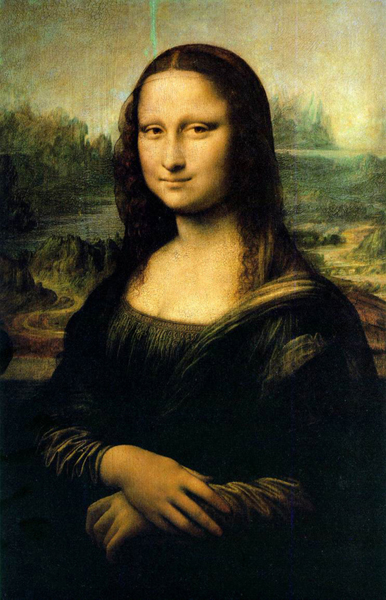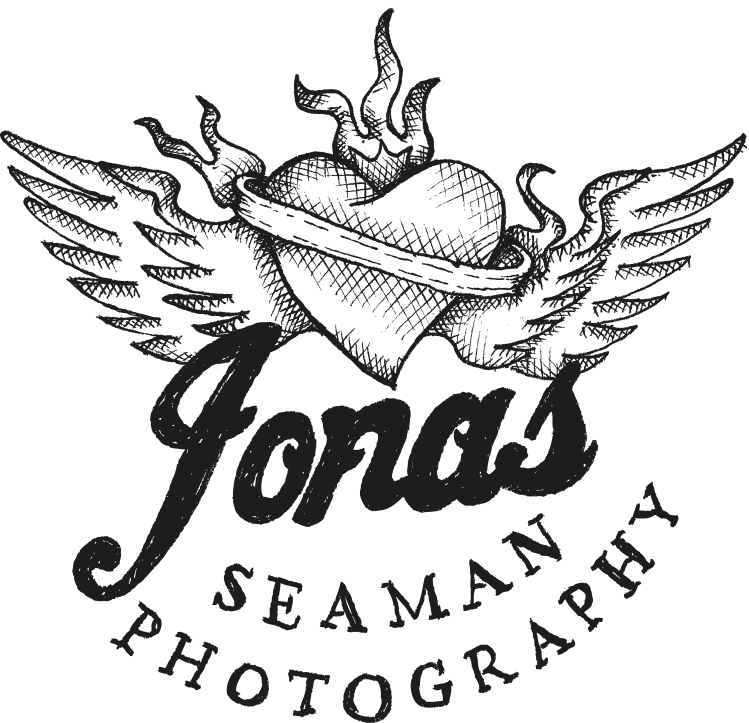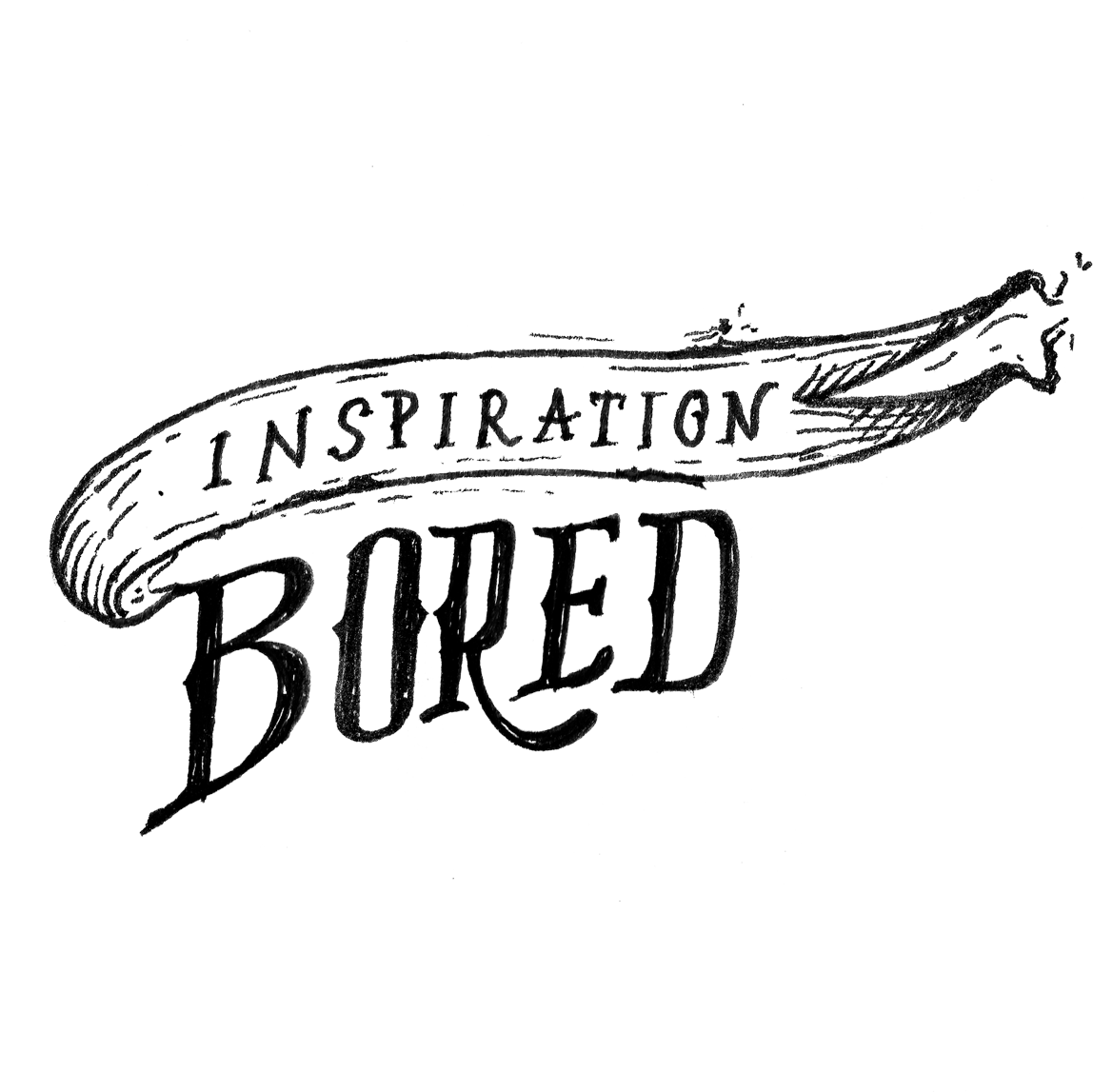More in camera experimentation. This is a single 10 second exposure of a day of the dead figurine standing in front of the Vic Muniz exhibition poster that hangs on my bedroom wall. One exposure, but two camera positions within that single exposure. For the first 5 seconds of the exposure, the camera was positioned on a tripod about a foot from the figurine, then I quickly pushed the camera up to about an inch from the figurines face for the last 5 seconds of exposure. This superimposed a close up of the skull over the top of the frame, all in camera with one shot.
~the laughing Skull~
.jpg)
(Lens: 35mm, Aperture: f/20.0, ISO: 100, Exposure: 10 seconds)
I’m pretty happy with the way this photo turned out, so I was a little disappointed when my friend Steve told me he didn’t care for it very much. He said he prefers a more traditional image like a classic black and white. He then said he felt that for the most part, abstract and contemporary art is complete garbage. I began defending contemporary art as something that’s a part of a conversation. Sometimes we just step into the middle of it without knowing the context. A lot of it is conceptual, and might not hit you right away on a visceral level. None the less, his opinions really hit home to me how subjective our appreciation of images really are.
I heard a wedding photographer say that if you want to know what your worst photograph is in a set, just ask the bride what her favorite photograph is. She’ll most likely point to one that’s out of focus with the composition all wrong. When you ask her why she likes that photo over the others, you’ll find that her reasons are completely personal. For instance, Uncle Henry is smiling a certain way, or Aunt Hildegard has that look on her face… you know how Aunt Hildegard gets.
For me, it’s often much the same way. I like images for personal reasons. For instance, the main reason I like the image above has maybe less to do with the image itself, and more to do with the fact that I gave myself an assignment to achieve a technical effect in camera, and I succeeded at it. Showing off a technical exercise and expecting everybody to appreciate it on it’s own may be unfair. Then again, I started posting this stuff because I like the feedback. I feel posting these images and hearing what people think about them, good and bad, has helped me to not only grow as a creative person, but also to really look deeply at what I like and what I don’t like in a work of art.
I tend to like the repetition of images in other people’s work. I also tend to like themes of identity, reflection, and infinity. The idea of two mirrors facing each other. I especially love it in fiction. I love the labyrinths in a Borges story or the play within a play in Hamlet. So once again, for personal reasons these double exposure exercises have been fun for me. They are photographs within a photograph. I also enjoy seeing the distortions made by repetition, for instance in the image above, how the wide angle lens distorted the subject as I moved closer in. You can really see this in the letters of Muniz’s name on the top half of the frame as opposed to the letters of his name at the bottom. But on a much more curious and less obvious note, there is another accidental theme of repetition in this photograph when you read the finely printed title of the Muniz poster that the skull happens to be laughing in front of. The poster is of Muniz’s Double Mona Lisa (Peanut Butter and Jelly) (After Warhol).
.jpg)
Of course, the Muniz photograph has not only the obvious repetition of the image of the Mona Lisa in it (one painted with peanut butter and the other with jelly), but the image also contains an unspoken repetition, the fact that it’s a subversion of the Double Mona Lisa by Andy Warhol.
.jpg)
The Warhol itself is a screen print made from a photograph of the original Mona Lisa by Leonardo Da Vinci.

Setting aside the fact that by now for someone in the avant-garde art world to make a caricature of the Mona Lisa is cliche, these images are still important, completely unique, with each one bringing something different to the table. Illustrating the idea that art is a continuing conversation, we can assume Da Vinci painted the Mona Lisa with his contemporaries in mind as well as those who came before him. Painting was a way to record beauty. Warhol putting his signature on a screen printed photograph of Da Vinci’s painting and then selling it, raises questions in our time about art and consumerism. Muniz, by painting Warhol’s Double Mona Lisa with peanut butter and jelly turns the conversation away from art as a statement on consumer culture to art as a stand alone creative act, existing only in the moment. He creates a work that cannot be sold as a product because it is fleeting. Made out of peanut butter and jelly, it is perishable and must be photographed in order to be shown. Whether it’s the secret of the original Mona Lisa’s smile, Warhol’s irony, or the whim of painting a masterpiece in peanut butter and jelly, the one common strain between all three works is a clever sense of humor.
Although appreciating art is entirely subjective, some works must be seen within their context to be understood. Then again, some works of art are timeless regardless of their context. Some works will live forever, even as a repetition within the works of other artists many generations from the original, and outside the confines of what the original artist ever intended. I have to agree with my friend Steve on one thing, nothing beats a classic black and white.
*By the way, if you’re not familiar with Vic Muniz’s work, watch his very inspiring 2007 TED presentation on creation and creativity (HERE).










[…] in-camera double exposures which is a technique I’ve also had a lot fun with digitally (see ~ The Laughing Skull and The Double Monalisa ~ as well as ~ Zot! [in camera double exposure] […]
[…] Monday everyone!! An in camera double exposure: 1 second close up with flash firing of Mary wearing my sunglasses and then a 24 second exposure […]